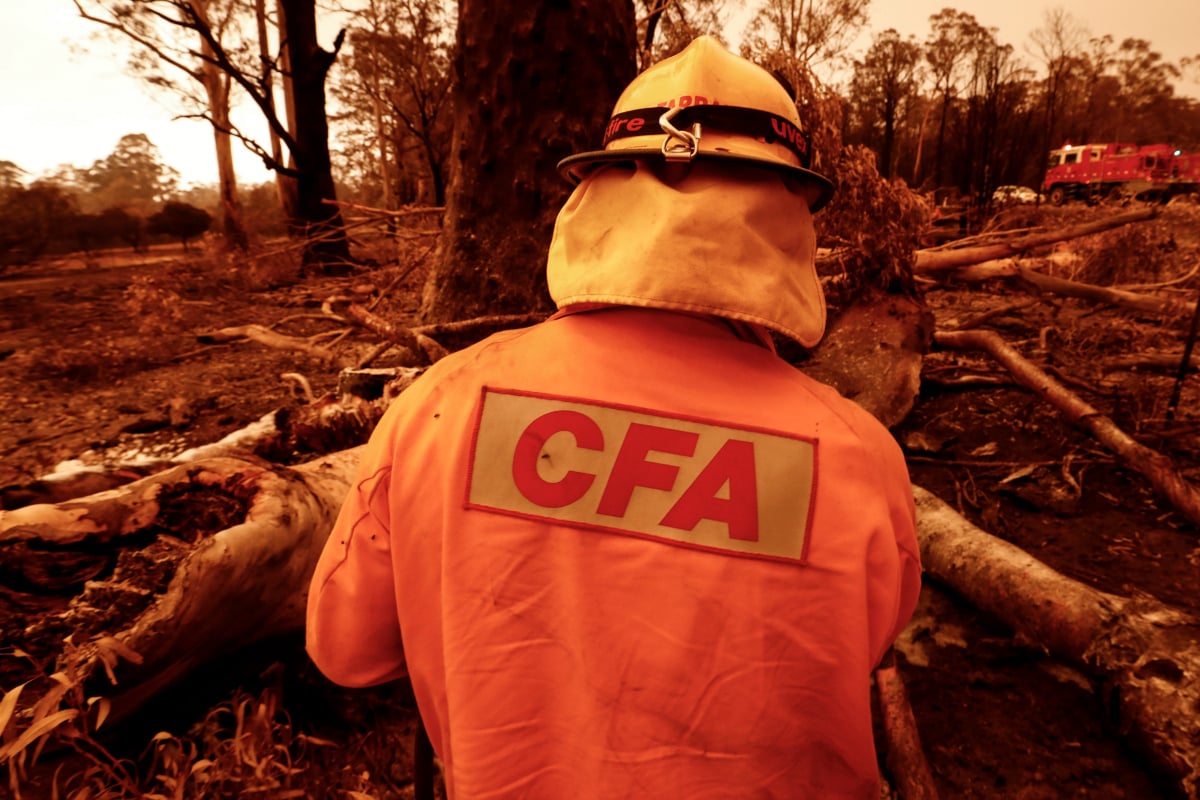
In times of crisis, misinformation often spreads as people scramble for answers to the horror unfolding around them. With social media, that spread has only become faster, more frenzied and, in some cases, even deliberate.
Australia is seeing precisely that now.
Watch: A NSW RFS crew in the middle of an inferno on the south coast.
As the bushfire emergency stretches into its fourth month, having claimed 27 lives, more than 2100 homes and nearly 11 million hectares, persistent falsehoods about the subject are circulating via social and traditional media on a scale not before seen in this country.
There’s the claim that the Greens prevented hazard-reduction burns before the start of the fire season, which as we previously explained is untrue. And now, we have #ArsonEmergency.
Over the past week, social media – Twitter especially – has been littered with posts claiming that arsonists are to blame for the current crisis. Many are peddling this claim as a way of disputing the role of climate change in driving the scale and severity of the fires.
e.g.
But qualified experts – in this case, police, fire authorities and social media researchers – have demonstrated that it’s just plain wrong.




























































































